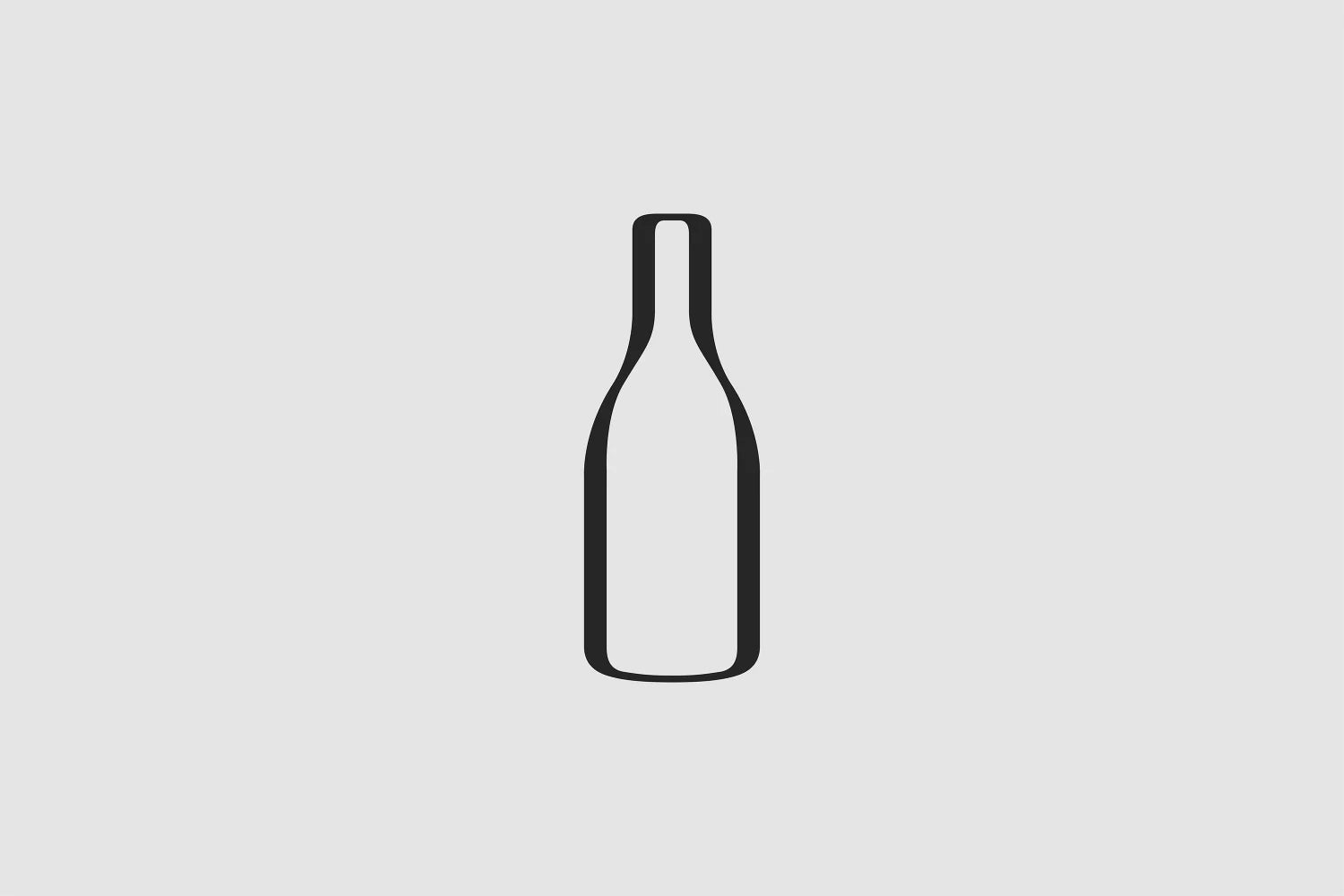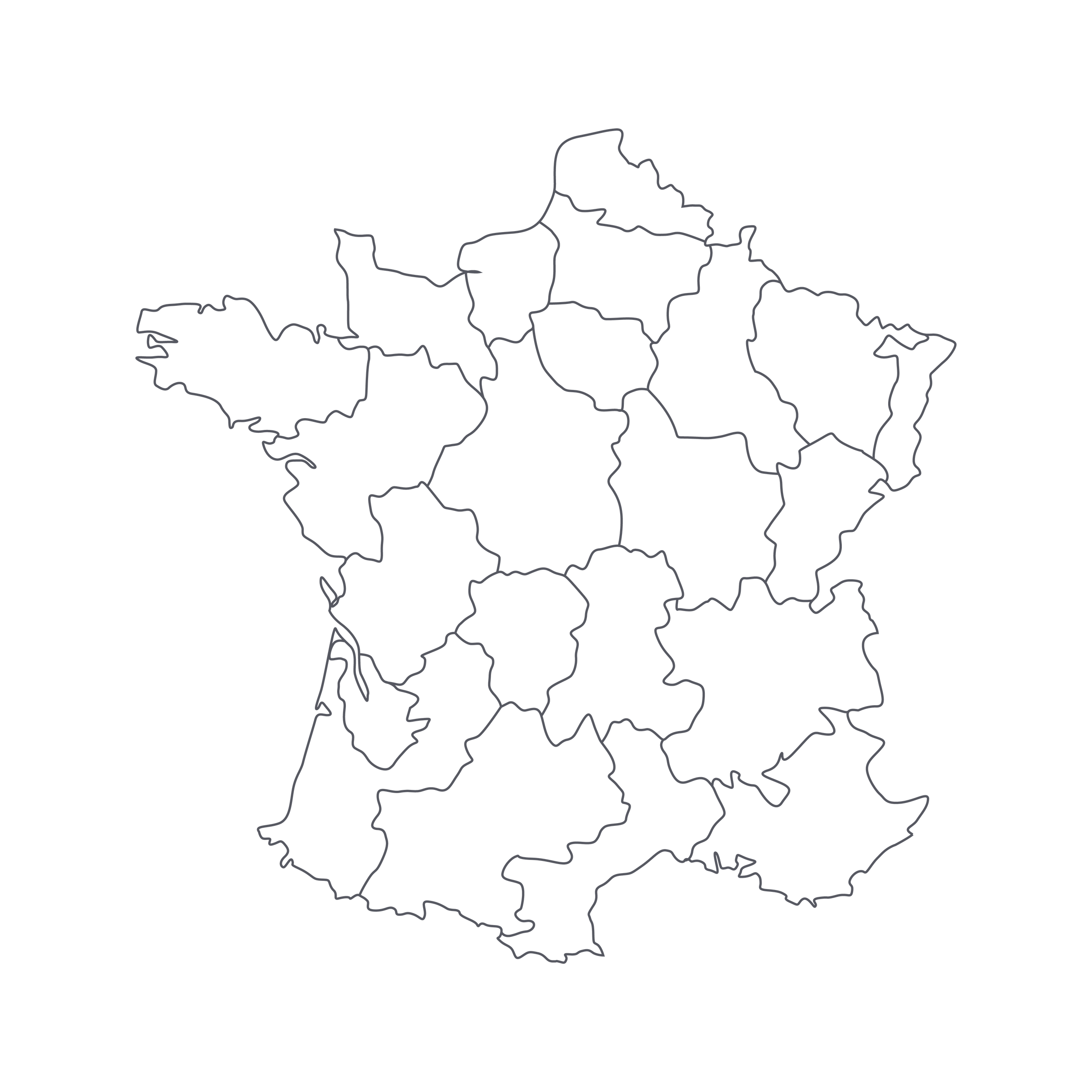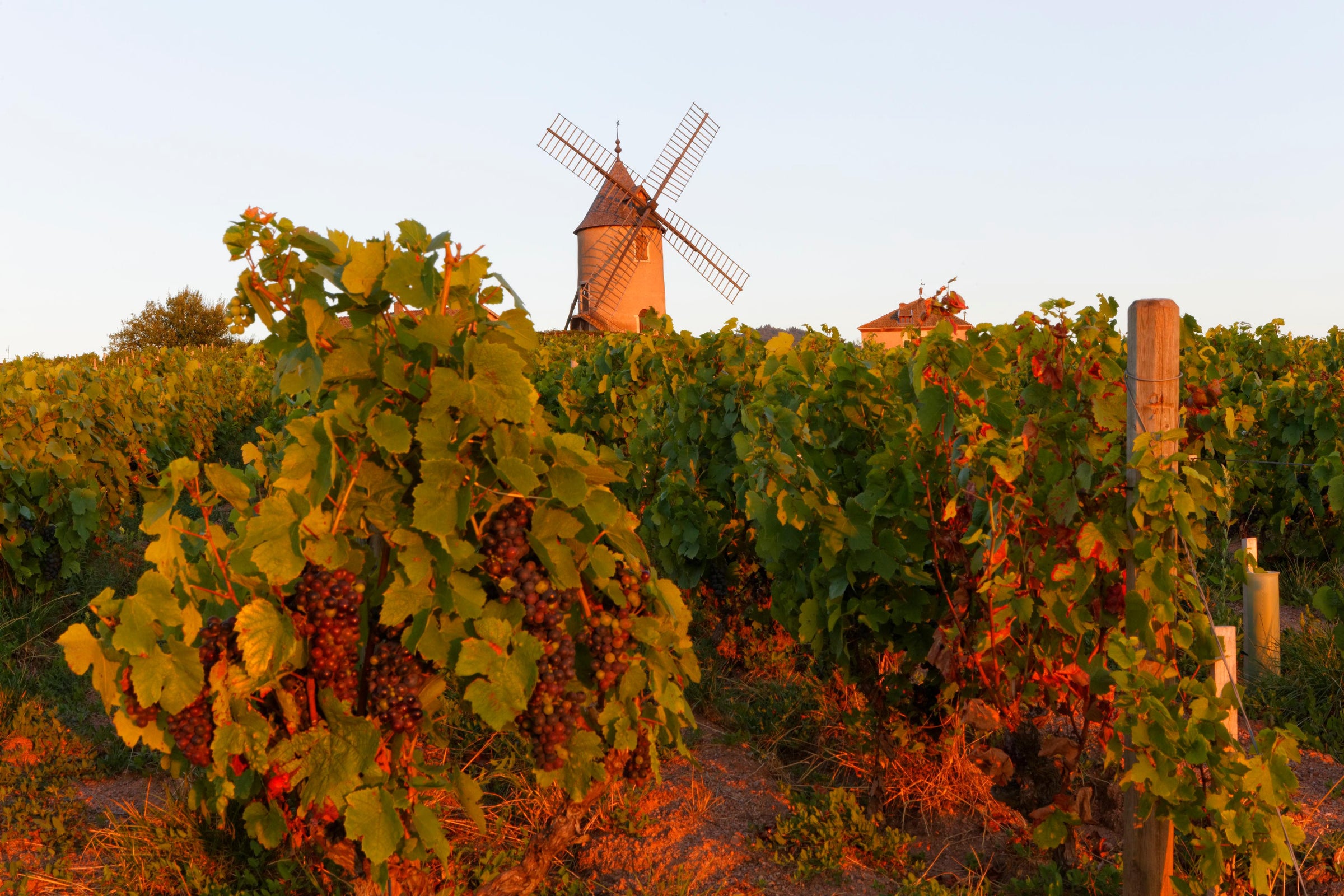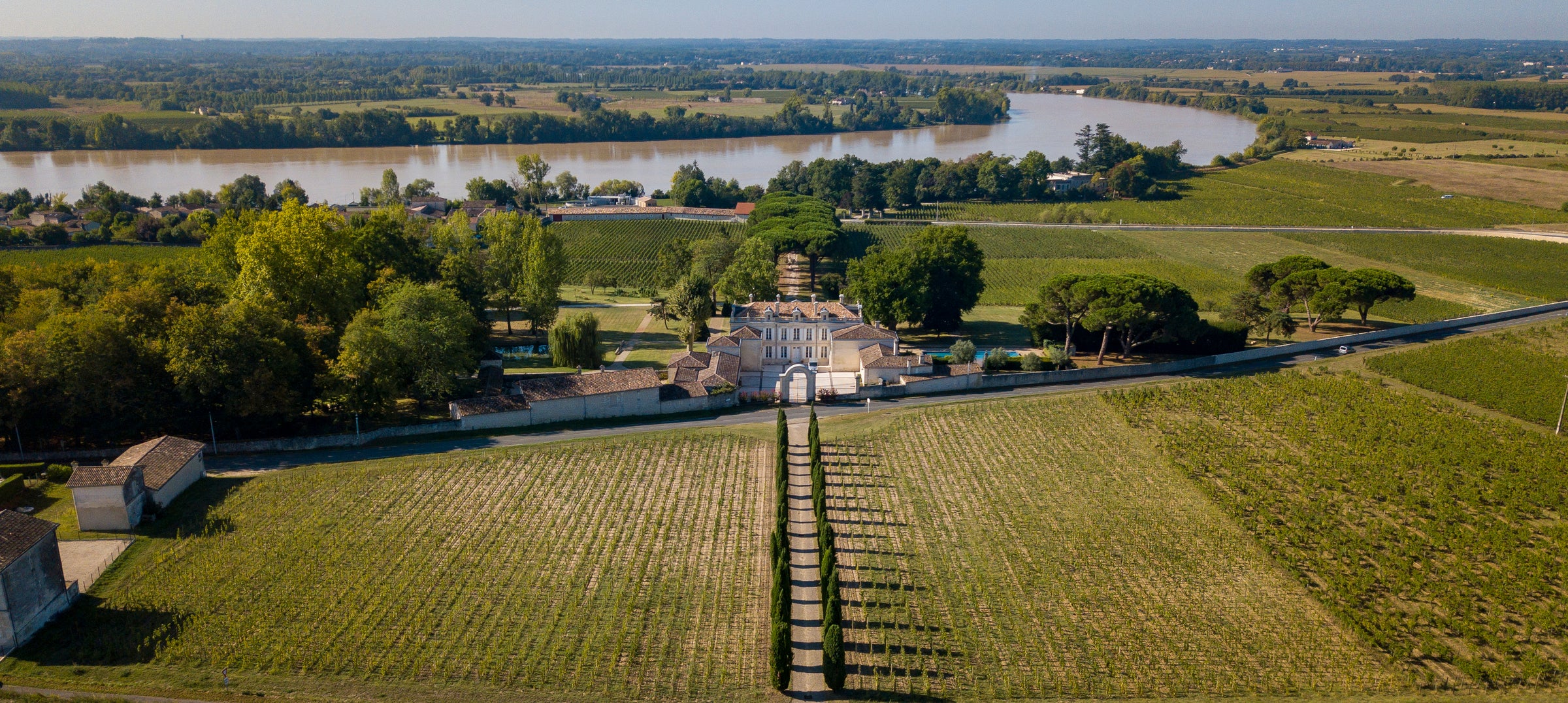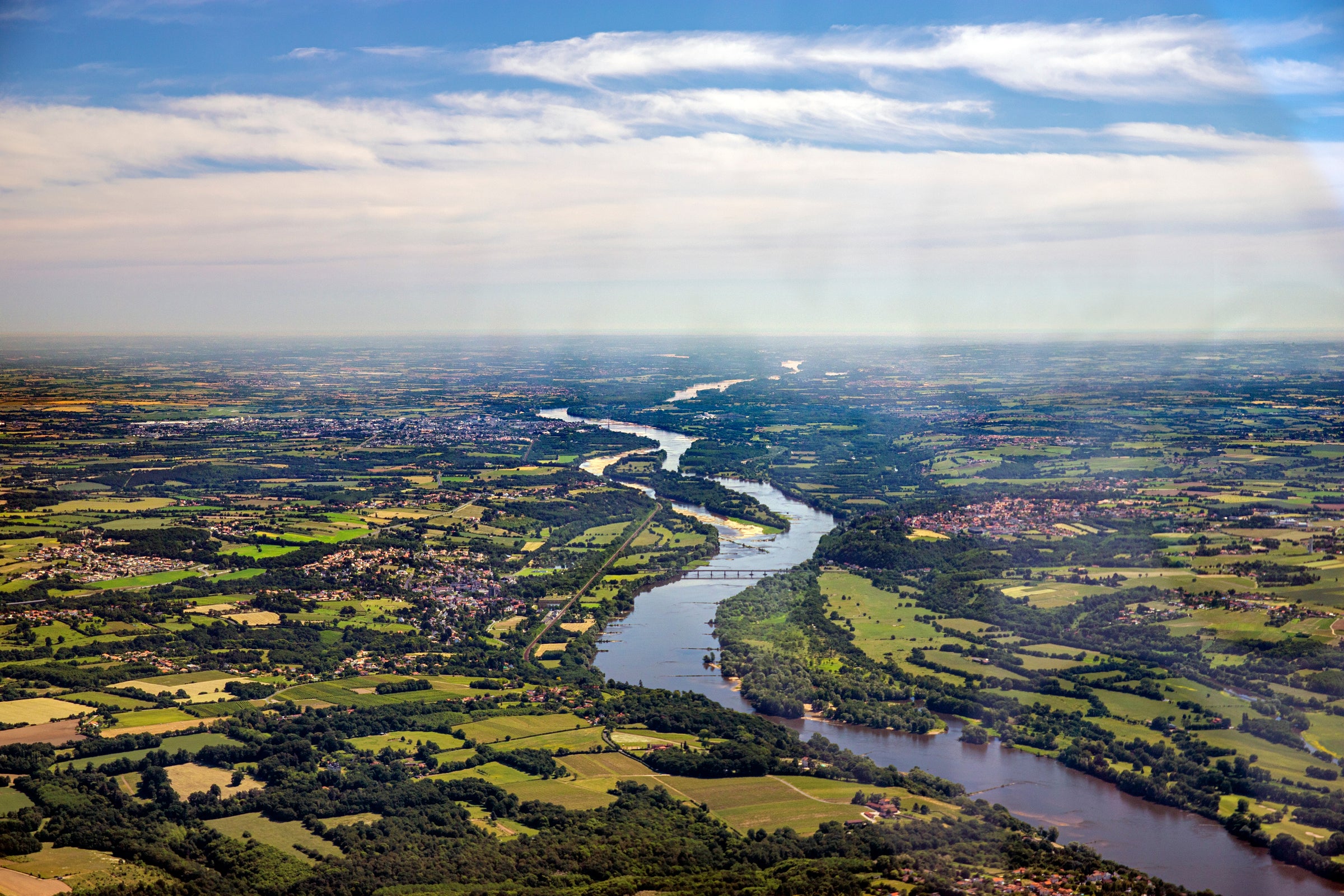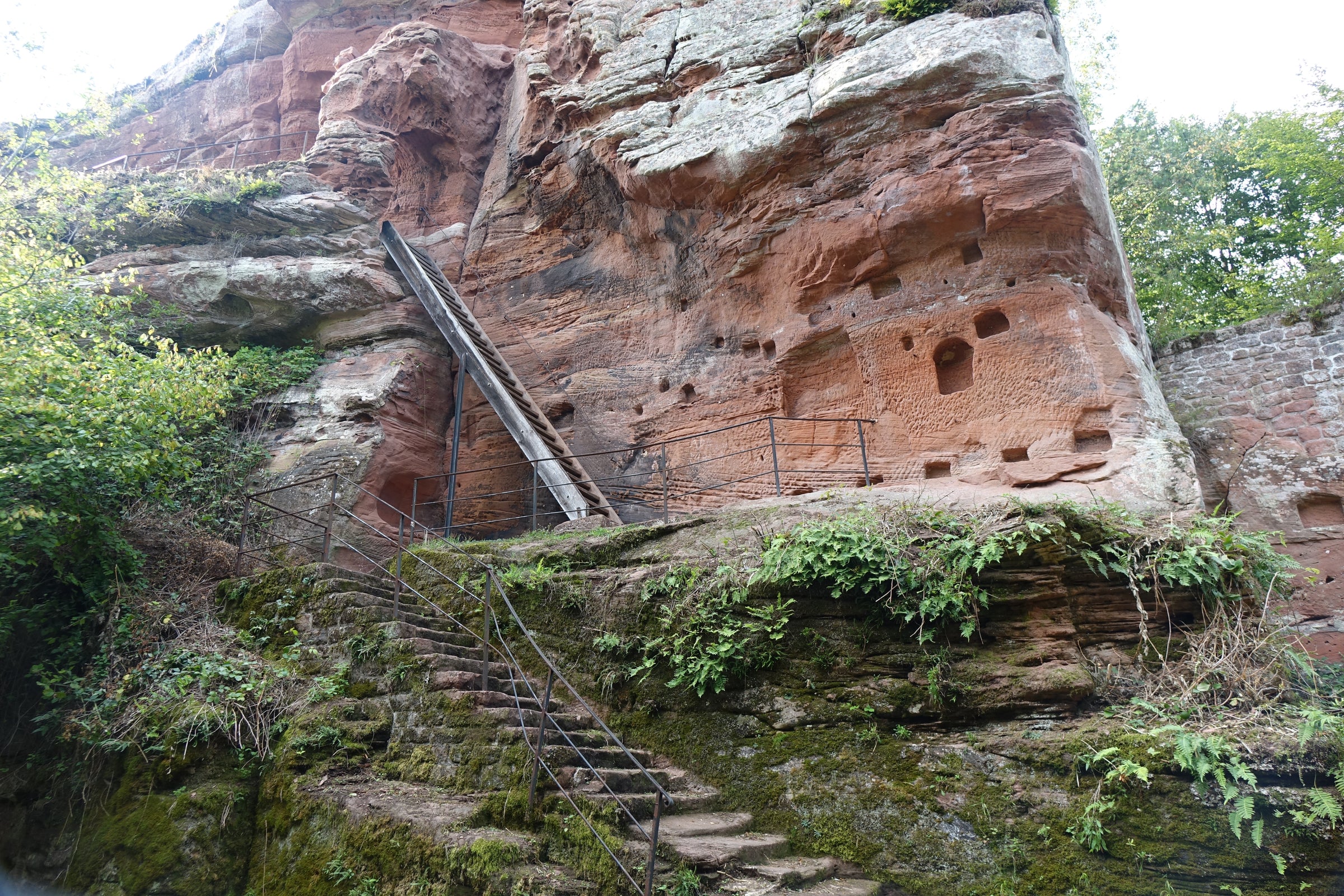No matter how long you study Burgundy’s complex mosaic of vineyards, genuine secrets can still be found, and our most recent discovery still has us buzzing. Amongst a sea of Grand Crus, we’ve uncovered an obscure 1er Cru treasure from an all-time classic vintage. Needless to say, today’s striking 2014 rarity epitomizes Burgundy’s royal game of inches: Stand in the northeastern corner of Gevrey-Chambetin’s 1er Cru Bel Air vineyard and you’re literal footsteps away from some of the rarest, most painfully priced real estate in the world.
This hidden-away Premier Cru abuts not one, not two, but THREE “Chambertin” Grand Crus—Clos de Bèze, Ruchottes, and Mazis—and is farmed by only a lucky few producers. Taupenot-Merme is among them, and the limited amount they do handcraft translates into supremely elegant, age-worthy Pinot Noir that soars to the top of Burgundy’s ever-shrinking value list. I find it astonishing that after all these years, today’s sequestered Premier Cru could still be slept on—especially in Taupenot-Merme’s hands. This ‘14 is a regal, titanic-in-stature Burgundy that dominates three of wine's most-prized categories: authenticity, value, and terroir. We only have access to eight cases so allow me to offer up one final piece of advice: If you aspire to drink Grand Cru wines, I suggest you quickly invest in today’s extraordinary cellar magnet—it drinks like its blue-chip neighbors in every respect and will age with the best of them too.
Founded after the marriage of Jean Taupenot and Denise Merme in 1963, Taupenot-Merme is the product of two merged wine legacies—the Taupenot family since the 1700s and the Merme side even earlier. For many years Taupenot-Merme operated out of two separate estates simultaneously, one from each side of the family. But Jean and Denise’s son Romain took over in 1998 and promptly consolidated the two. Romain is famously soft-spoken but single-minded in his dedication to crafting pure, unadulterated red Burgundy.
Romain amassed a wealth of knowledge throughout his childhood and refused to miss a harvest during his decade-long career in finance. He is very much a vineyard man, drawing on his hereditary knowledge to preserve his family’s key philosophies while maintaining an uncompromising eye on the future. Over three years Romain fully converted the estate to organic viticulture, although he’s never pursued certification. He continues to practice a very hands-off style of winemaking, perfectly illustrated by his preference for the term “infusion” over “extraction.”
While based in Morey-Saint-Denis, Taupenot-Merme has a remarkable diversity of carefully curated vineyard holdings: 13 hectares throughout 20 Côte d’Or appellations, including today’s top-of-the-slope parcel in Gevrey-Chambertin's Premier Cru Bel Air. Flanked by Ruchottes-Chambertin from the north, Mazis-Chambertin from the northeast, and Chambertin-Clos de Bèze from the east, Bel Air is one of Burgundy’s few-remaining secrets. Romain preserves the intricacies of this little-known terroir with the gentlest élevage possible: ambient yeast fermentation, approximately 30% new oak, aging for 12-14 months, no racking, and several months in stainless steel tanks before an unfined and unfiltered bottling.
Romain’s parcel in Bel Air is only .43 hectares and his vines produce low yields, meaning there’s never much to go around. This is our first encounter with it and the feeling is a bit bittersweet—it’s one of the great finds in Burgundy, I just wish we would’ve discovered it sooner! In the glass, today’s 2014 reveals a deep ruddy core and unfurls with pure, pulse-quickening notes of redcurrant, wild raspberry, dried black cherry, pomegranate oil, black tea, candied rose petal, orange rind, wild purple flowers, subtle spice, and underbrush. Upon first sip, a vortex of powerful forest fruit glides across the tongue and leaves a pronounced trail of finely crushed Burgundian minerality. There’s something breathtaking about Gevrey-Chambertin’s rugged limestone terroir playing off Pinot Noir’s delicacy and finesse. Its restrained power, sophistication, and multi-layered sublimity is just a spectacle to behold. Serve in large Burgundy stems after a 30-60-minute decant and pull the cork on your other bottles over the next decade. This is what elite-level Burgundy is all about!
